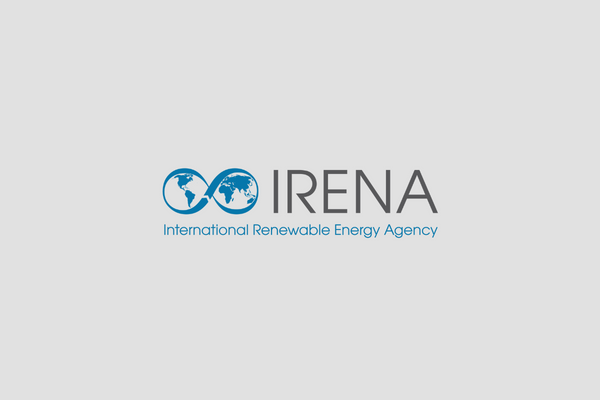Abu Dhabi, United Arab Emirates — By the end of 2022, global renewable generation capacity amounted to 3372 Gigawatt (GW), growing the stock of renewable power by a record 295 GW or by 9.6 percent.
An impressive 83 percent of all power capacity added last year was produced by renewables.
Renewable Capacity Statistics 2023, released by the International Renewable Energy Agency (IRENA), shows that renewable energy continues to grow at record levels despite global uncertainties, confirming the downward trend of fossil-fueled power generation.
“This continued record growth shows the resilience of renewable energy amidst the lingering energy crisis,” IRENA’s Director-General Francesco La Camera said. “The strong business case of renewables coupled with enabling policies has sustained an upward trend of their share in the global energy mix year on year. But annual renewable power capacity additions must grow three times the current level by 2030 if we want to stay on a pathway limiting global warming to 1.5°C.”
While many countries increased their renewable capacity in 2022, the significant growth of renewables is persistently concentrated in a few countries and regions like Asia, the USA and Europe. IRENA’s data finds that almost half of all new capacity in 2022 was added in Asia, resulting in a total of 1.63 Terawatt (TW) of renewable capacity by 2022. China was the biggest contributor, adding 141 GW to the continent’s new capacity.
Renewables in Europe and North America grew by 57.3 GW and 29.1 GW, respectively. Africa continued to expand steadily, with an increase of 2.7 GW, slightly above last year. Oceania continued its double-digit growth with an expansion of 5.2 GW, and South America continued an upward trend, with a capacity expansion of 18.2 GW. The Middle East recorded its highest increase in renewables on record, with 3.2 GW of new capacity commissioned in 2022, an increase of 12.8 percent.
La Camera added: “As energy demand is expected to rise in many regions of the world, the energy transition requires a step-change that delivers a strategic shift beyond the decarbonization of the supply side. Any expansion of new non-renewables capacity in light of recent global events must be connected to efforts to accelerate the energy transition to make the system more resilient, inclusive and climate-proof.”
Although hydropower accounted for the largest share of the global total renewable generation capacity with 1250 GW, solar and wind continued to dominate new generating capacity. Both technologies contributed 90 percent to the share of all new renewable capacity in 2022. Solar capacity led with 22 percent increase, followed by wind energy, which increased its generating capacity by 9 percent.









Comments